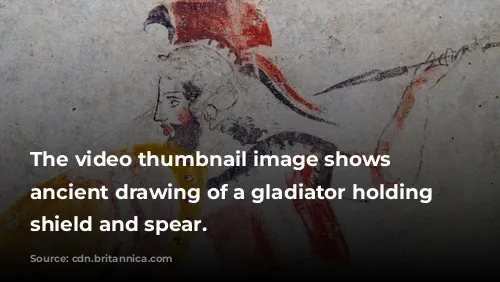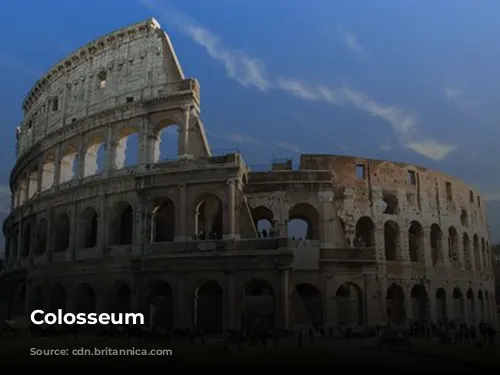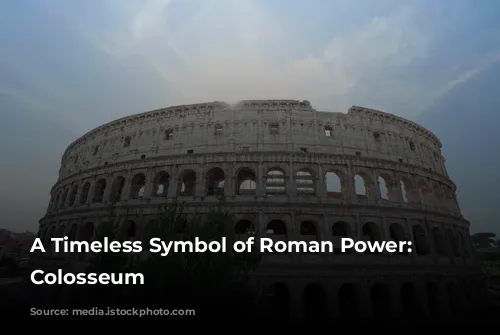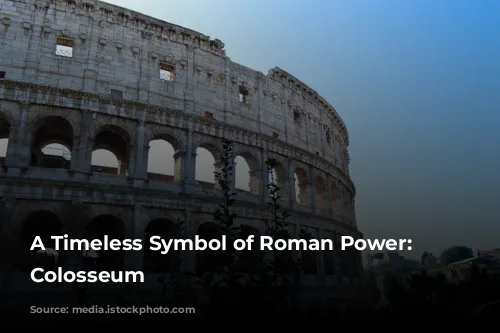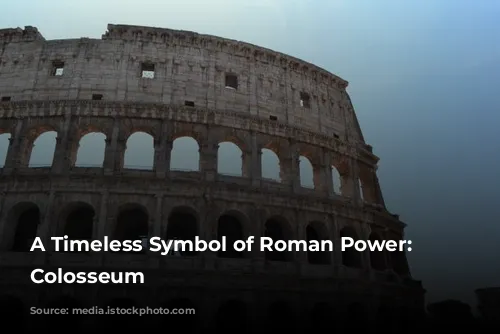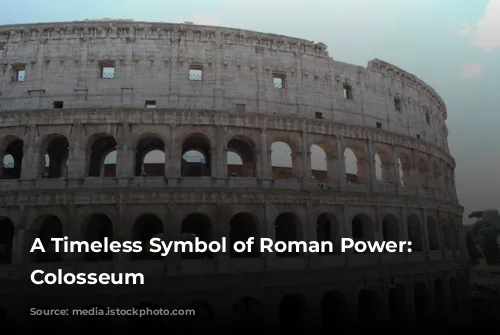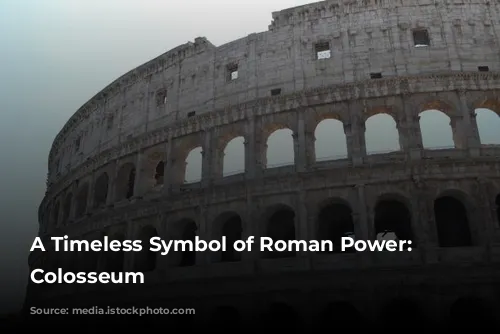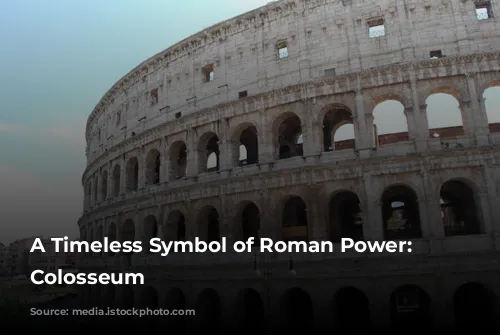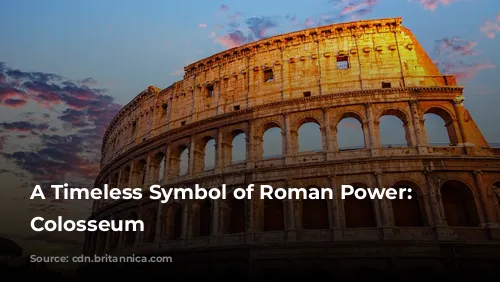The Colosseum, a magnificent testament to ancient Rome’s architectural and engineering mastery, stands proudly as one of the few surviving structures from that glorious era. Its presence is a constant reminder of the grandeur and might of the Roman Empire, captivating visitors from all corners of the globe. This architectural marvel not only serves as a historical landmark but also generates substantial tourism revenue for the Italian government. In fact, the Colosseum, alongside the Roman Forum and Palatine Hill, raked in over $63.3 million (€53.8 million) in 2018, crowning itself as Italy’s top tourist attraction.
A Journey Through Time: From Arena to Fortress
The Colosseum’s story unfolds through the ages, reflecting the rise and fall of empires. After the Western Roman Empire’s demise, the once-grand arena fell into a state of disrepair. The 12th century saw the Frangipane and Annibaldi families transform the Colosseum into a fortress, a testament to its enduring strength and suitability for defense. As the centuries rolled by, Pope Alexander VI granted permission for the Colosseum to be used as a quarry in the late 15th century. This marked a period of neglect, with the once-proud monument stripped of its grandeur, its stones serving as building materials. It wasn’t until the 1990s that state-funded restoration efforts breathed life back into the Colosseum, rescuing it from the grip of time and neglect.
A Monument to Power and Entertainment: Birth of the Colosseum
The Colosseum’s construction arose from an ambitious imperial plan to revitalize Rome following the turbulent year of the four emperors in 69 CE. The emperor Vespasian, following his ascent to the throne, envisioned the Colosseum as a grand entertainment venue, a place where Romans could gather to experience the thrill of gladiatorial combat, animal hunts, and even mock naval battles. This grand vision was a testament to his desire to captivate and entertain the masses, cementing his legacy as a ruler of both strength and spectacle.
From Humble Beginnings to an Imperial Masterpiece: The Colosseum’s Construction
The Colosseum’s construction began under Emperor Vespasian between 70 and 72 CE, a period of both rebuilding and reimagining the city of Rome. Its completion, however, fell to Vespasian’s son and successor, Titus, who dedicated the structure in 80 CE, marking a grand celebration with 100 days of games and festivities. Domitian, Titus’s successor, added the Colosseum’s fourth story in 82 CE, further enhancing its magnificence. The Colosseum’s construction was financed by the spoils of war – the plunder from Titus’s conquest of Jerusalem in 70 CE, a stark reminder of the empire’s power and expansion. Jewish captives from Judea provided the labor for its construction, their forced contributions echoing the Roman Empire’s vast dominion and the human cost of its ambitions.
A Colossal Structure for a Colossal Empire: The Colosseum’s Design and Purpose
The Colosseum, also known as the Flavian Amphitheatre, stands as a testament to Roman engineering prowess. This elliptical structure, a massive blend of stone, concrete, and tuff, rises to a height of four stories, stretching 620 by 513 feet (189 by 156 meters). Its immense size could accommodate as many as 50,000 spectators, showcasing its role as a central gathering place for the people of Rome. The Colosseum was famously the stage for gladiatorial combat, a spectacle that captivated the Roman populace, a reflection of their fascination with violence and power.
From Palace to Public Arena: The Colosseum’s Location
The Colosseum’s location, just east of the Palatine Hill, holds symbolic significance. It was built on the grounds of Nero’s Golden House, a testament to the extravagant excess of a previous emperor. The Colosseum’s placement on the site of Nero’s artificial lake, drained to make way for the arena, marked a clear shift in priorities. Vespasian, a ruler who rose from humble origins, chose to replace the tyrant’s private pleasure with a public spectacle, a space for the people, a symbol of his commitment to the masses.
A Colosseum of Superlatives: Engineering Marvels
The Colosseum’s construction deviated from the norm, showcasing innovative engineering techniques. Unlike earlier amphitheaters, which were often carved into hillsides, the Colosseum stands as a freestanding structure. This feat was achieved through the use of a complex system of barrel vaults and groin vaults, demonstrating the Romans’ mastery of construction and their ability to push the boundaries of engineering. The exterior of the Colosseum boasts three stories adorned with arcades, framed by engaged columns in the Doric, Ionic, and Corinthian orders, a display of architectural elegance and a defining characteristic of Roman architecture. The Colosseum’s construction incorporated various materials, including travertine for the main structural framework and facade, volcanic tufa for the secondary walls, and concrete for the inner bowl and the arcade vaults.
A Place for Spectacle: The Colosseum’s Features
The Colosseum’s grand design was not merely for show. It was crafted to provide a comfortable and engaging experience for its spectators. The arena featured a massive retractable velarium, an awning that shielded the crowd from the harsh Roman sun. This intricate system involved supporting masts extending from the Colosseum’s attic story, requiring hundreds of Roman sailors to manipulate the rigging that extended and retracted the velarium. The Colosseum witnessed a plethora of spectacles, from the thrilling hand-to-hand battles between gladiators to contests pitting humans against ferocious animals. The arena also hosted larger spectacles, including mock naval engagements, demonstrating the versatility and grandeur of this architectural marvel. While the Colosseum’s role in the martyrdom of early Christians is uncertain, its history as a site of public spectacles and executions cannot be ignored.
From Glory to Neglect: The Colosseum Through the Ages
As time marched on, the Colosseum underwent various transformations. In medieval times, it served as a church, then a fortress for the Frangipane and Annibaldi families, reflecting its adaptability and endurance through changing times. The Colosseum’s grand facade faced the ravages of lightning, earthquakes, and, more crucially, vandalism and pollution. This neglect stripped the Colosseum of its decorative materials and marble seats, leaving it a mere shadow of its former glory. It was treated as little more than a quarry for over a thousand years, its stones plundered for other uses, its once-glorious past seemingly forgotten.
A Monument Restored: The Colosseum’s Legacy
The 19th century marked a turning point in the Colosseum’s fate. Pius VIII spearheaded preservation efforts, initiating a journey of restoration and renewal. In the 1990s, a comprehensive restoration project breathed new life into the Colosseum, bringing back its grandeur and ensuring its continued existence. Today, the Colosseum stands proudly as one of Rome’s most cherished tourist attractions, welcoming millions of visitors each year. These visitors come to witness the Colosseum’s majesty, to marvel at its engineering brilliance, and to feel the echoes of the past in its ancient stones. The Colosseum’s story continues to unfold, a testament to the enduring power of history and the timeless beauty of architecture.
